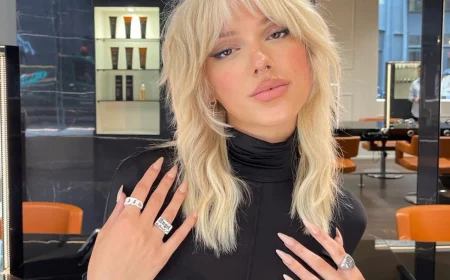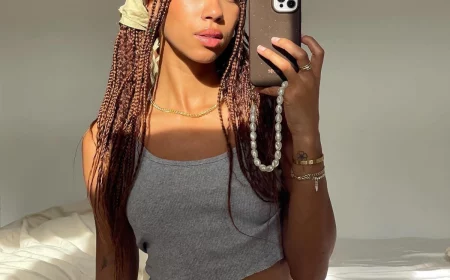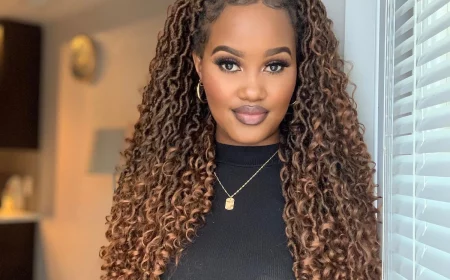Thinking About the Butterfly Cut? A Stylist Spills Everything You Need to Know
I’ve been behind the chair for a long time, and I’ve seen haircut trends come, go, and come back again with a new name. The butterfly cut is definitely one of those—it’s exploded in popularity, but honestly, its roots are in classic layering techniques that pros have used for ages. It’s a beautifully technical cut that can create incredible volume and movement, but only when it’s done right. When a client asks me for one, I genuinely get excited. It’s more than just a trim; it’s like hair architecture.
In this article
But let’s be real. This isn’t just a pretty style you see online; it’s a commitment to a certain look and, yes, a maintenance routine. I want to walk you through this haircut from my point of view, going beyond the inspiration photos to talk about how it actually works, who it’s truly for, and how to keep it looking amazing. I’ve cut this style on dozens of clients, from those with super-fine hair to those with thick, wavy manes. I’ve also had to fix a few DIY attempts that… well, let’s just say they didn’t go as planned. My goal is to give you the honest, practical knowledge you need before you take the leap.
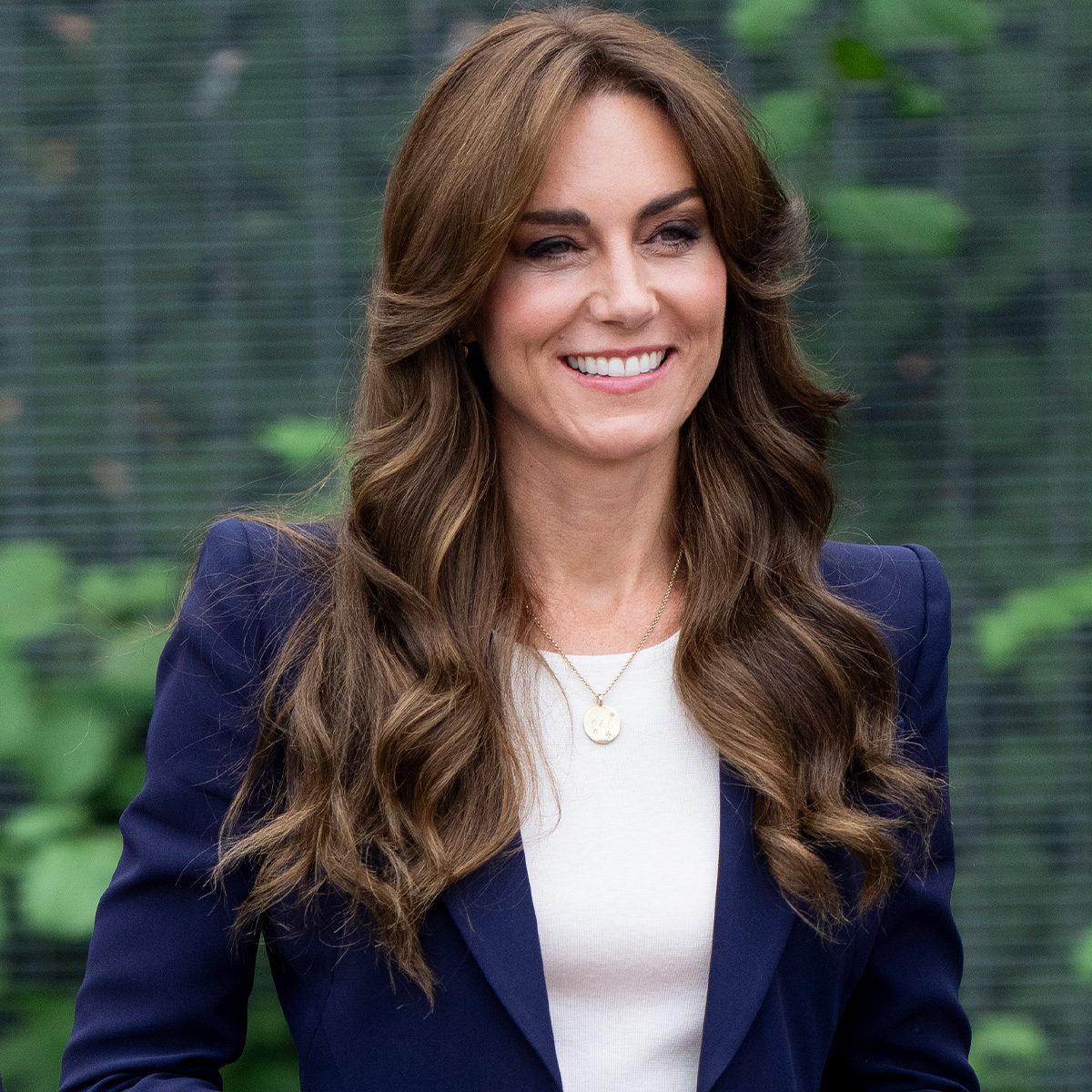
The Blueprint: How a Butterfly Cut Actually Works
At its core, the butterfly cut is a clever illusion. It’s a heavily layered style designed to give you the face-framing vibe of a shorter haircut while letting you keep your overall length. Think of it as two haircuts in one. The name comes from how the top layers can sweep back from the face, kind of like butterfly wings.
To get the look, we divide the hair into two main sections. The top section is where the magic happens—it’s a shorter, face-framing layer. A stylist will typically create a parting from ear to ear over the top of the head, isolating that hair. This section gets cut to a shorter length, usually falling somewhere between your chin and collarbone, creating those bouncy “wings.”
The bottom section is everything else. We keep this part long to maintain your length, often softening the ends so there isn’t a harsh, blunt line. The real genius is how these two sections interact. The shorter top layers fall over the longer hair, and that physical push creates lift and volume that you just can’t get from standard, blended layers. By removing a ton of weight from the top, you let the hair move and breathe.
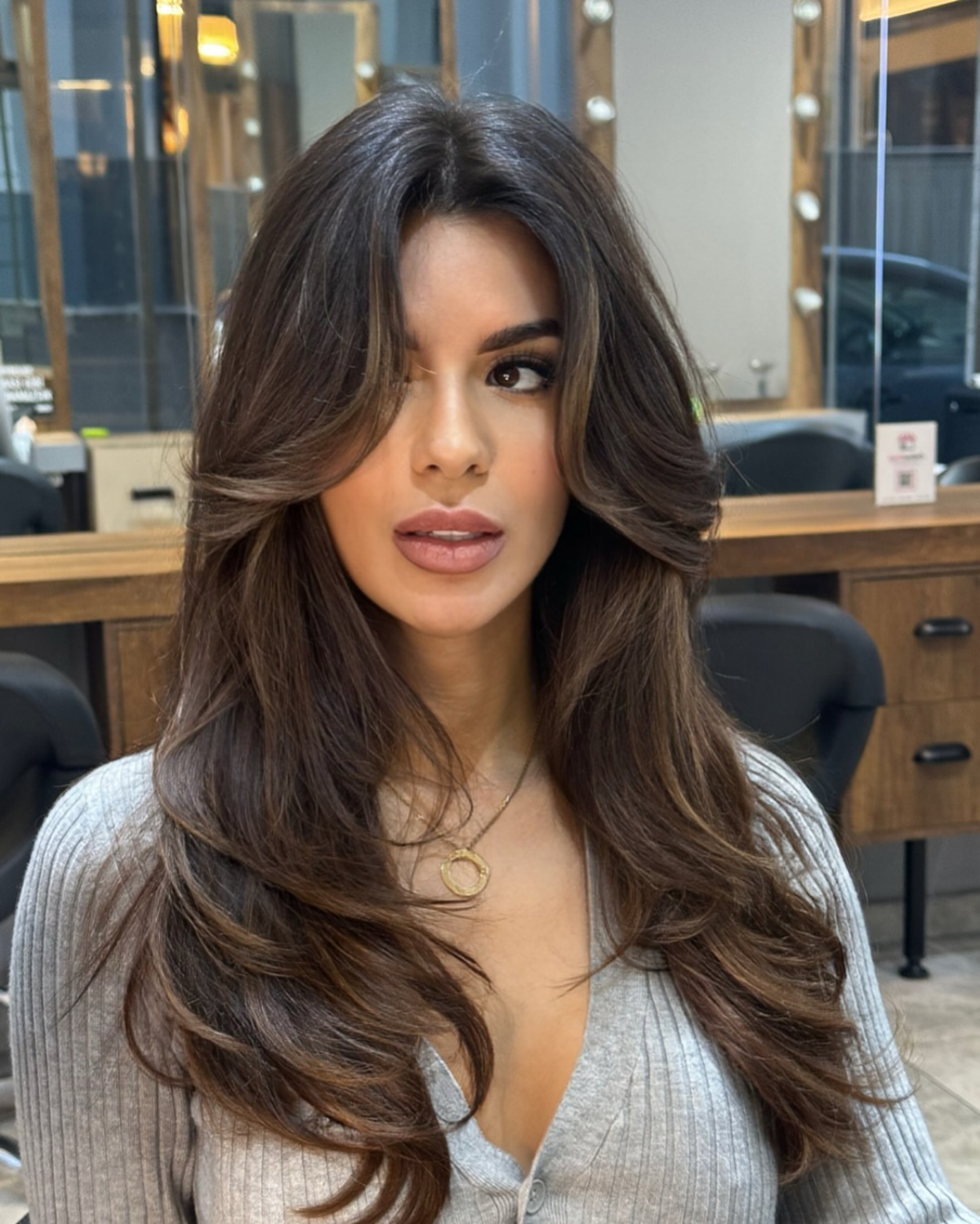
Heads Up! A Few Common Pitfalls to Avoid
Because this cut is so technical, a few things can go wrong if the stylist isn’t precise. Here’s what to watch out for:
- The “Shelf.” This is the biggest one. It happens when the top layers are cut too bluntly and aren’t blended into the bottom length. It looks exactly like it sounds—a heavy, disconnected shelf of hair. Make it clear you want soft, seamless transitions!
- The Unintentional Mullet. Oh yeah, it can happen. If the difference in length between the top and bottom sections is too extreme, you can end up with a look that’s all party in the back… and maybe not in the way you wanted. The key is a graceful blend.
The Big Question: Is This Cut Right for You?
Before my scissors even think about touching a client’s hair, we have a serious chat. An Instagram photo is a great starting point, but a true pro will assess your hair type, face shape, and lifestyle to figure out how to customize this cut for you.
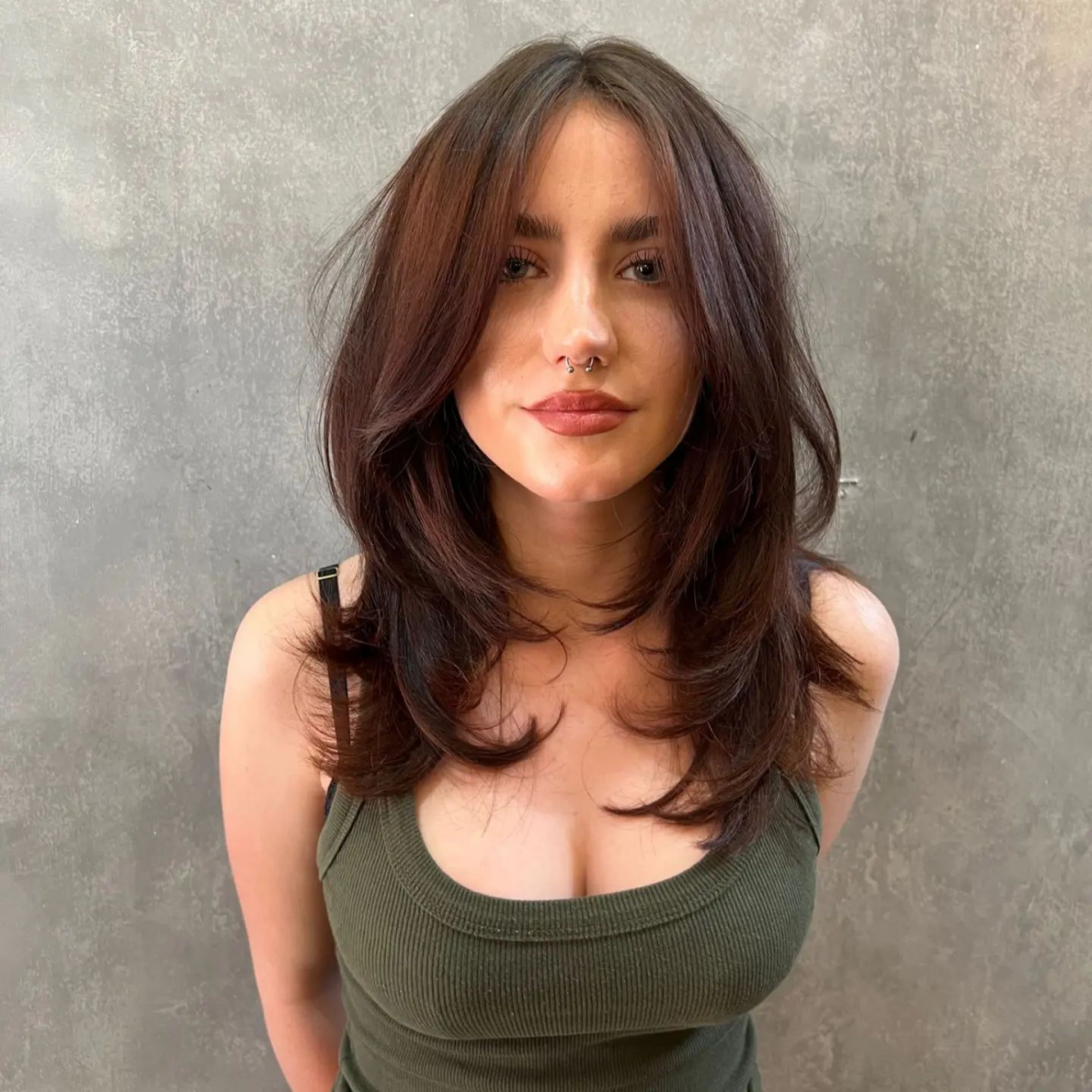
And let’s talk money for a second. This isn’t your standard trim. A basic cut might run you about $80 at a decent salon, but for a technical style like this that requires more time and skill, you should expect to pay more, likely in the $120 to $200 range, depending on the salon and stylist’s experience level.
An Honest Look at Your Hair Type
This cut is versatile, but it behaves very differently depending on your hair’s natural texture.
- For Fine Hair: This cut can be a volume-boosting miracle. The short top layers create fullness without you having to sacrifice that precious length. But here’s the risk: if the top section is too large, the long hair underneath can look thin and stringy.
Pro Tip: Tell your stylist, “I have fine hair and I’m worried about the bottom looking weak. Can we make the top section a bit smaller and ensure it’s blended really softly?” - For Medium to Thick Hair: Honestly, this is the ideal canvas. Your hair has enough density to support the distinct layers without the bottom looking sparse. The cut is brilliant for removing the excess weight that can make long, thick hair feel heavy. It just brings it back to life.
- For Wavy Hair (2a-2c): This cut is fantastic for enhancing your natural wave pattern. The layers remove the weight that pulls waves down, allowing them to spring up with more definition. I often prefer to cut wavy hair dry so I can see how each wave wants to fall and place the layers perfectly.
- For Curly Hair (3a and up): A butterfly cut on very curly hair is an advanced move that can create a beautiful, rounded shape and prevent the dreaded pyramid look. It requires a stylist who specializes in curls and understands how to work with your specific curl pattern to avoid creating frizz or disrupting the shape.
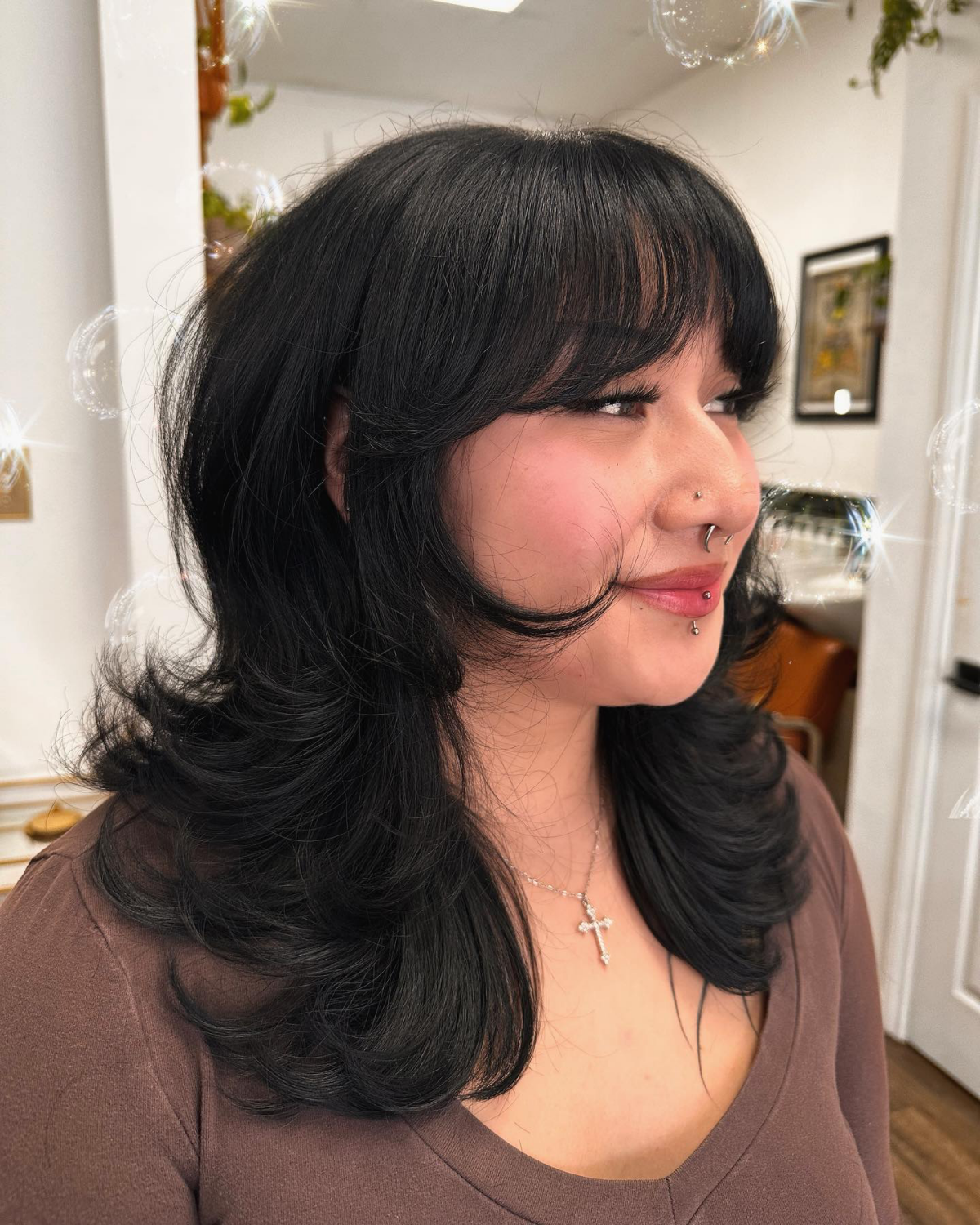
The Perfect Pairing: Let’s Talk Bangs
The right bangs can take a butterfly cut from great to absolutely stunning. They complete the face-framing effect and tie the whole look together.
The most popular and, frankly, best choice is curtain bangs. They blend seamlessly into the short, wing-like layers of the cut, creating a soft, sweeping motion away from the face. They’re low-maintenance and grow out beautifully.
Another great option is wispy bangs. These are a bit softer and more see-through than full-on bangs, and they add a delicate touch that complements the airy feel of the butterfly layers. I’d probably steer clear of heavy, blunt bangs, as they can create a harsh contrast with the soft, flowing layers of the cut.
Bringing It to Life: How to Style Your New Cut
First, let’s answer the number one question everyone asks: “Can I still wear my hair in a ponytail?” Yes! And it looks amazing. The long hair will pull back easily, while the shorter top layers will fall out around your face, creating a soft, perfectly ‘undone’ look without even trying.
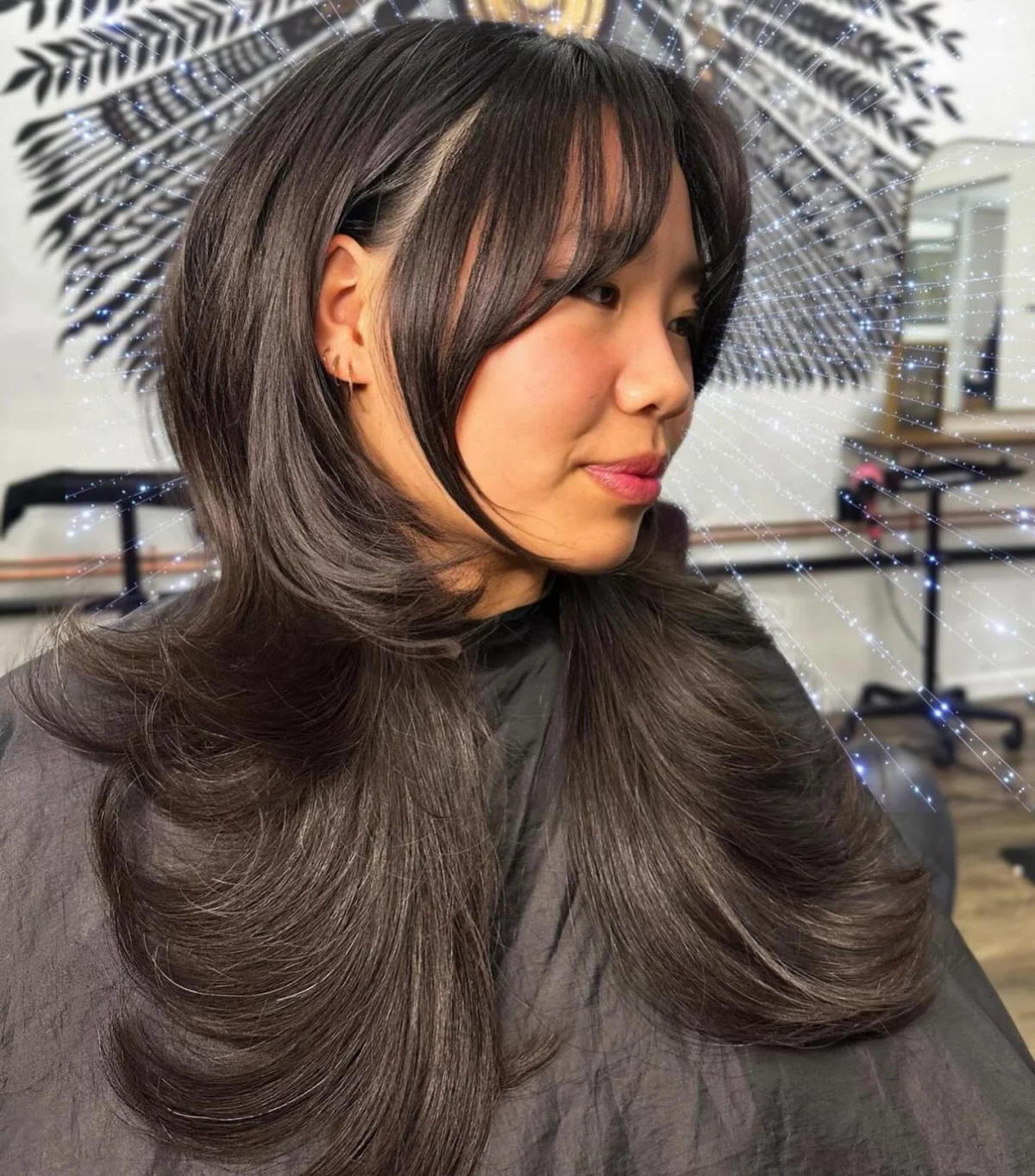
My 5-Minute Butterfly Blowout
You don’t need to be a pro to get that salon-fresh bounce. Here’s a quick and dirty method:
- Prep is Key: Start with damp hair and work a golf ball-sized amount of volume mousse through your roots. This is non-negotiable for getting lift.
- The Top Section: Using a medium-to-large round brush (a 2-inch barrel is perfect), focus on the shorter top layers. Pull the hair up and away from your face as you blow dry. This creates that signature ‘wing’ effect.
- The Cool Shot: Once a section is dry, hit it with the ‘cool shot’ button on your hairdryer for a few seconds. This locks the shape and volume in place. It’s a small step that makes a huge difference.
- Finish It Off: Lightly tousle with your fingers and finish with a light-hold hairspray to keep the movement without making it stiff.
My Go-To Styling Kit
You don’t need a million products. Here are the essentials:
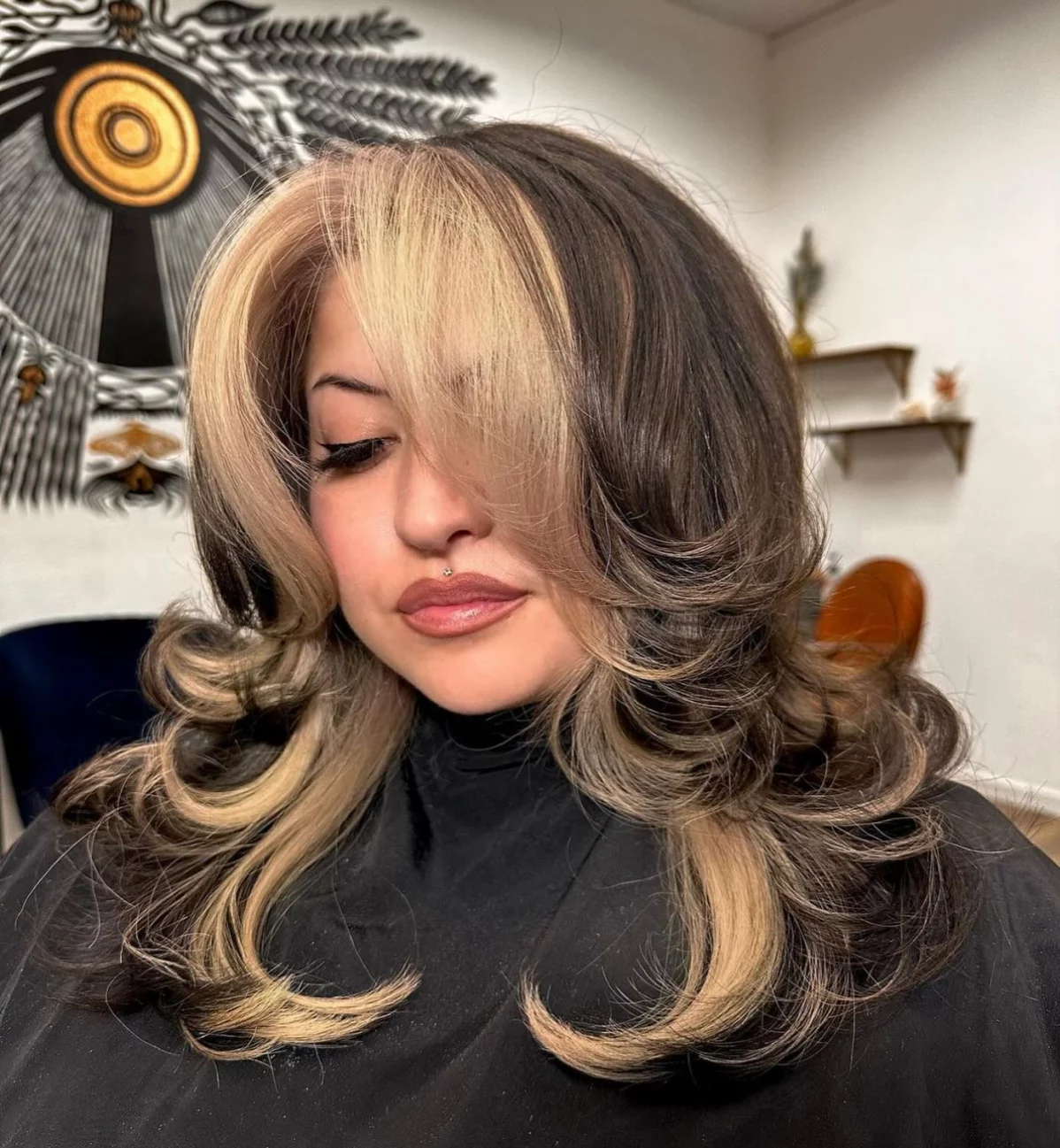
- A Good Volume Mousse: This is your foundation for lift. Expect to spend between $15 and $30 for a quality one from a salon or beauty supply store like Ulta.
- A 2-Inch Round Brush: The bigger the brush, the more volume and soft curve you’ll get. You can find decent ones for around $20.
- A Light-Hold Hairspray: You want flexible hold, not a helmet. A good one will cost about $20-$25.
Living With Your Cut: Maintenance and Grow-Out
To keep your butterfly cut looking sharp and prevent the layers from losing their shape, you’ll want to book a trim every 8 to 12 weeks. The good news? This cut grows out beautifully. Because the layers are long and soft, you won’t get a harsh grow-out line. It will simply evolve into a softer, long-layered look over time, so you’re not locked into a super high-maintenance schedule.
So, there you have it. The butterfly cut is more than a trend—it’s a smart, stylish way to get volume and movement. Just make sure you’re ready for it and that you find a stylist who gets the vision. Happy haircutting!
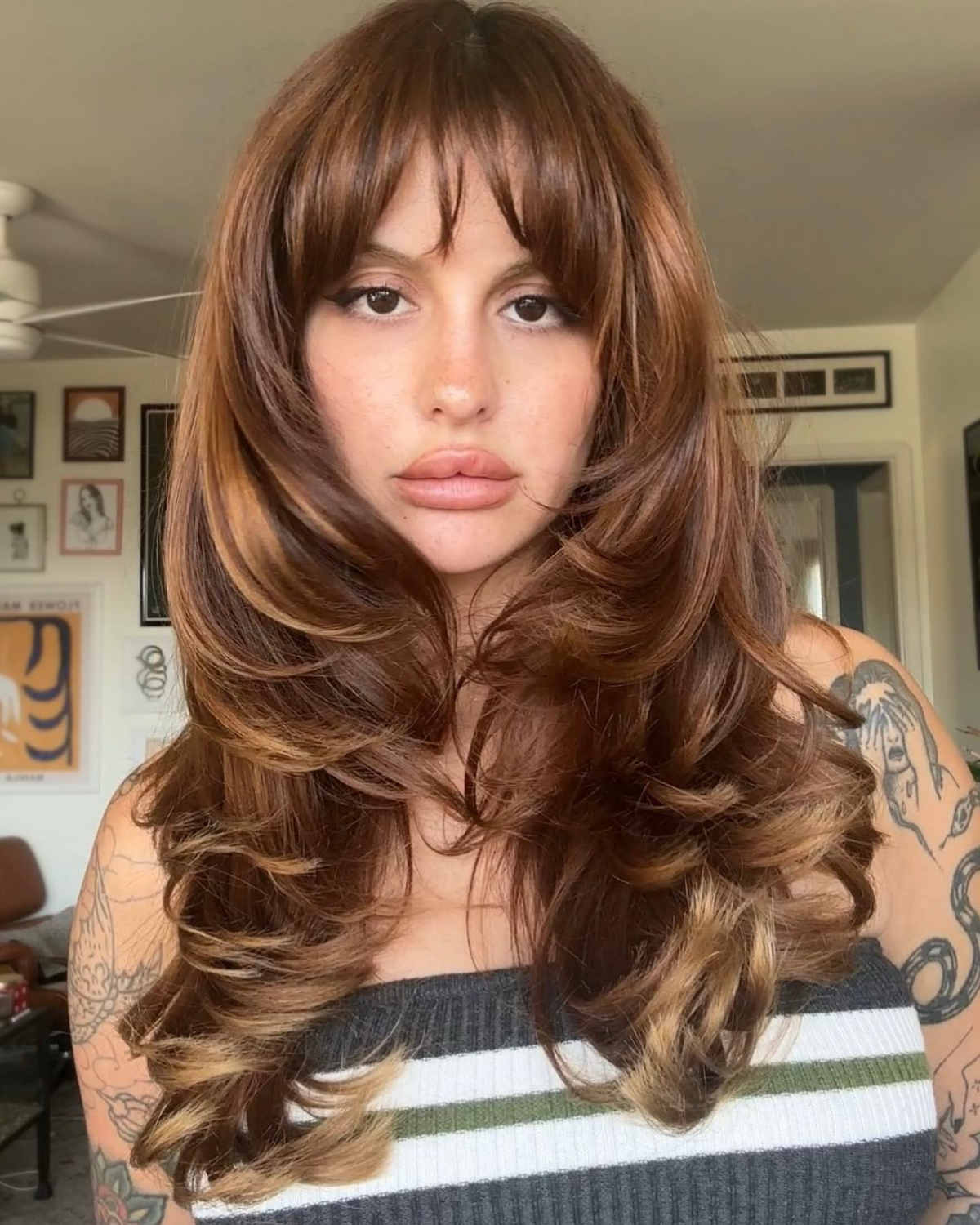
Galerie d’inspiration
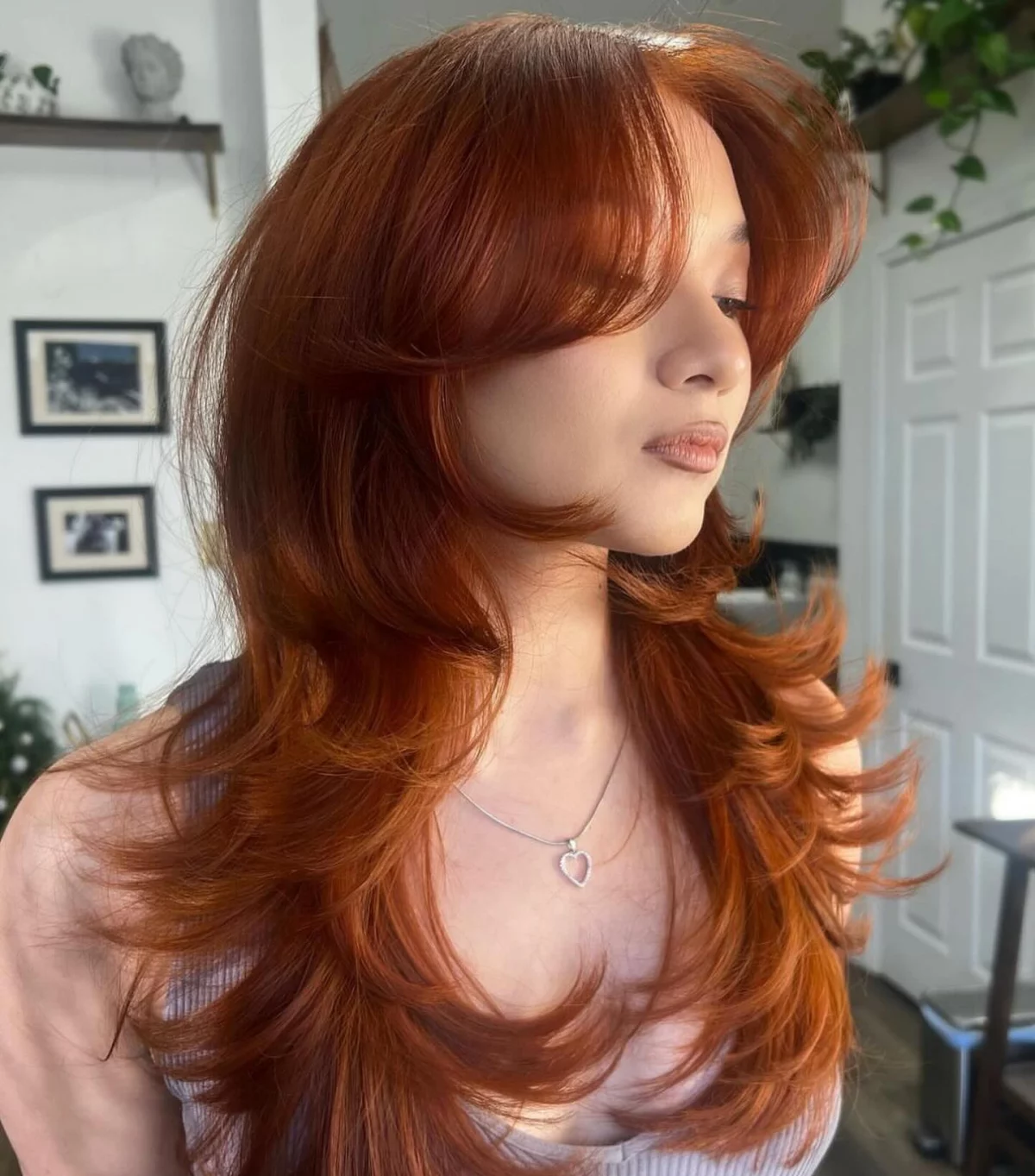
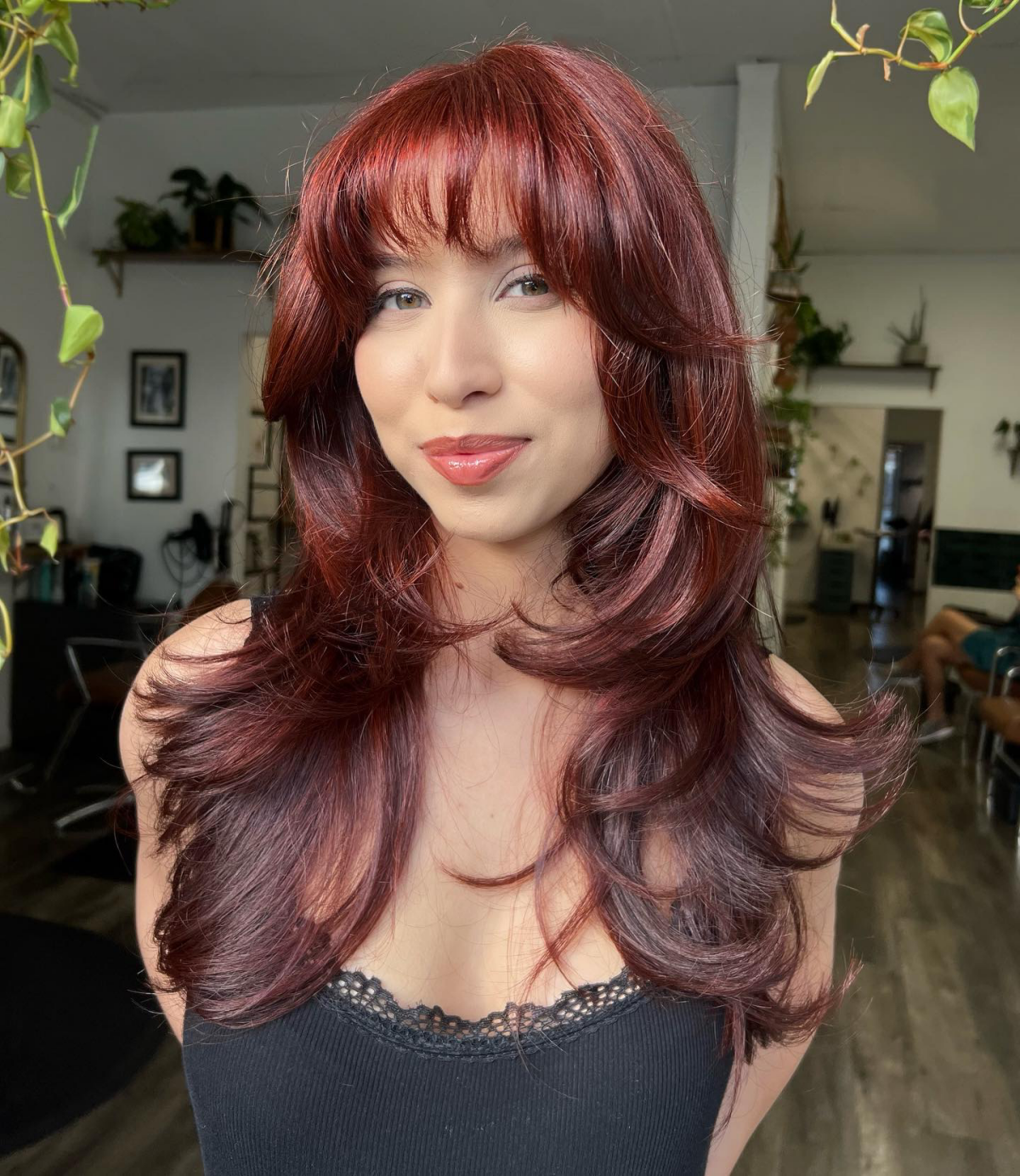
The butterfly cut is essentially the 21st-century evolution of the Farrah Fawcett-style feathered layers of the 1970s.
That iconic, windswept volume that defined an era is back, but with a modern twist. While the ’70s version was all about big, uniform flicks, today’s butterfly cut is softer and more blended. It borrows the face-framing, high-volume concept but integrates it more seamlessly with the longer lengths, creating a look that feels both glamorous and effortlessly modern.
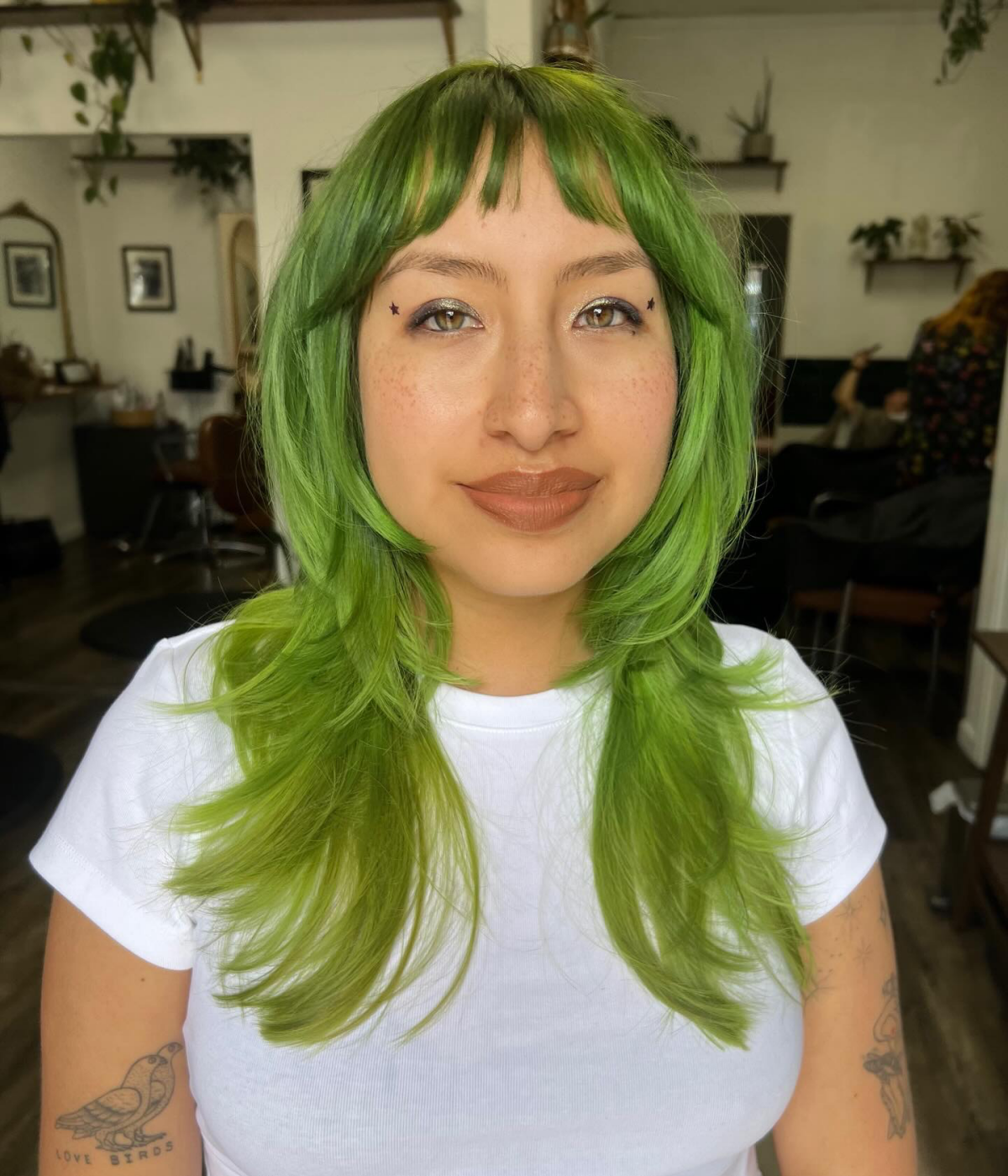
To keep those signature
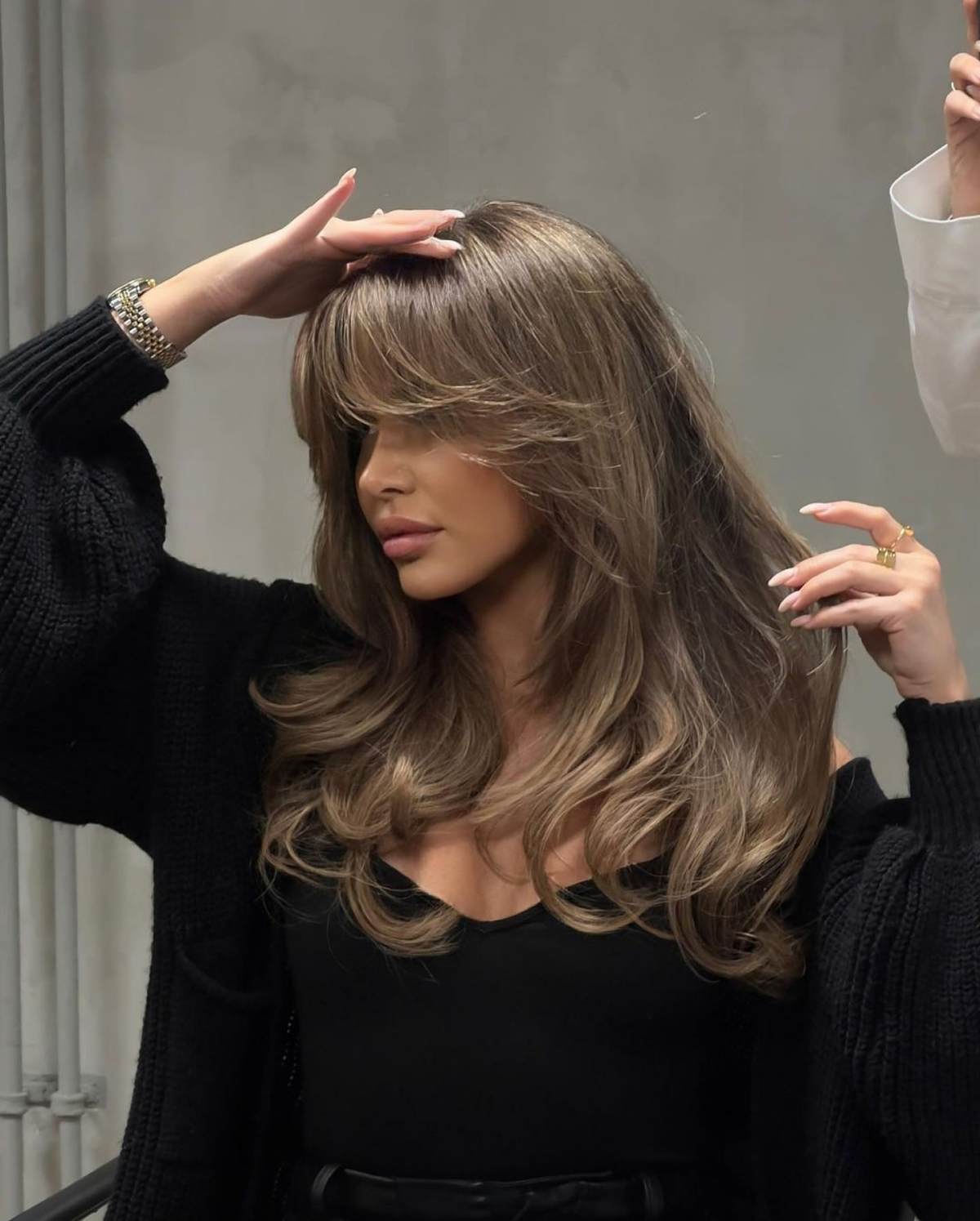
The one styling mistake to avoid: Using a flat iron on the top layers. While tempting for a sleek finish, straightening the shorter, face-framing pieces completely defeats the purpose of the cut. It eliminates the volume and kills the bouncy, wing-like effect, leaving you with limp strands instead of beautiful movement.
Butterfly Cut or Wolf Cut?
Butterfly Cut: Think ’90s supermodel glamour. The layers are long, flowing, and designed to create polished volume and soft, face-framing

